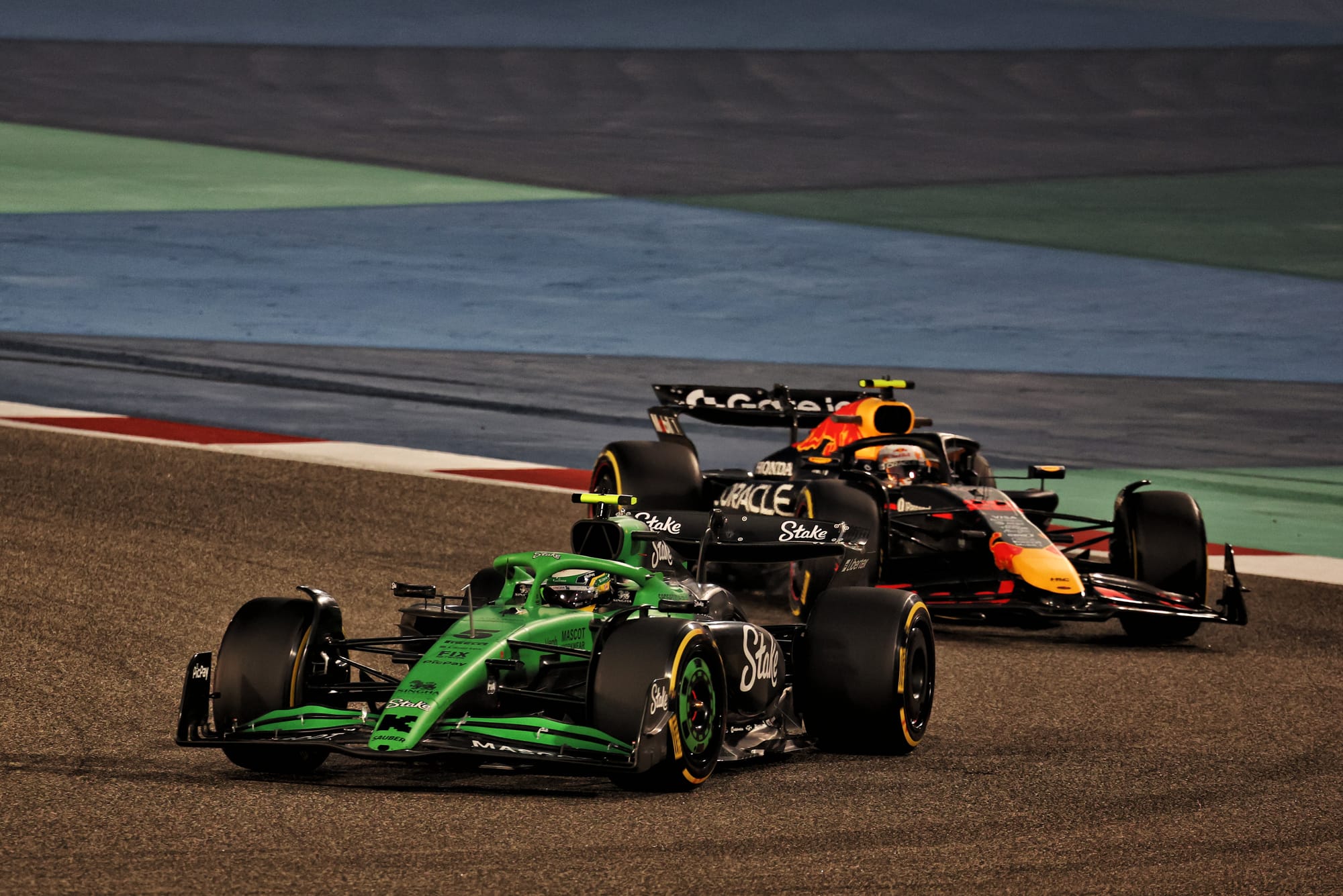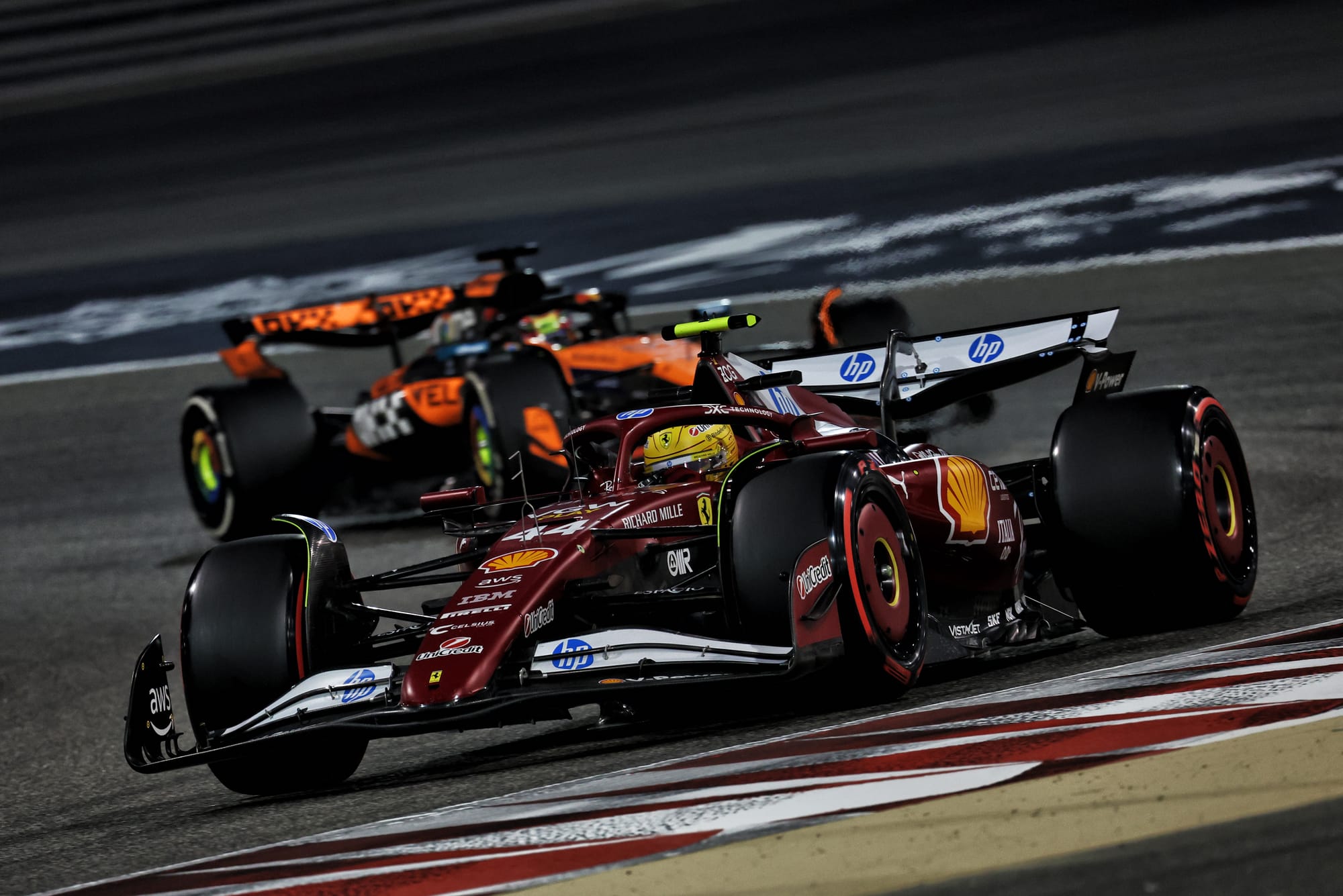

Formula 1 drivers are all battling increasing problems with dirty air this season, with some cars better able to overcome that handicap than others.
But for one team in particular, the issue is so bad it has left its drivers in what one of them calls a fight for "survival".
Rather than the dirty air just making things more difficult when it comes to overtaking, Sauber duo Nico Hulkenberg and Gabriel Bortoleto find themselves behind the wheel of a car that simply cannot follow another that's ahead.
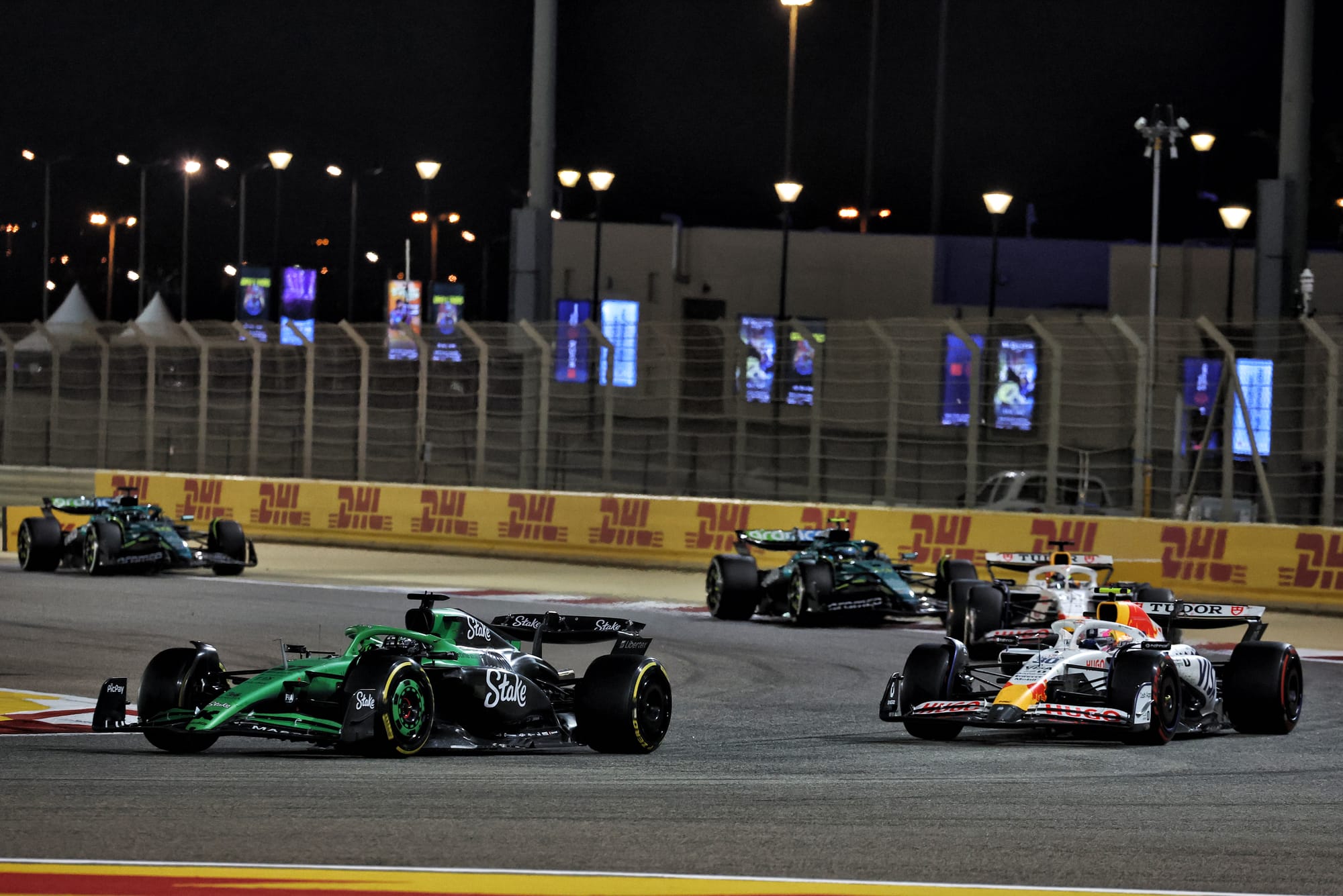
It leaves them exposed on first laps and safety car restarts, and invariably means they get pounced on by rivals and shuffled down the order - derailing all their best qualifying efforts.
Then, even in those races where the underlying pace of the car is decent, they are powerless to do anything to make progress by getting close enough to pass people.
And as the pair found out to their cost on the opening lap in China last month, trying to overcome the deficit presented by the impact of turbulent air can trigger such an aero imbalance that it pitches them off the track.
Last weekend's Bahrain Grand Prix further rammed home how big the problem is.
Bortoleto said: "Even when we have pace it's just so difficult. One of the easiest tracks to overtake [on] of the season and it's just so tough.
"I cannot be too close to the car ahead. I lose downforce. I just cannot follow very close, and then it's impossible to overtake."
Hulkenberg concurred that those moments when he is close to other cars were very challenging.
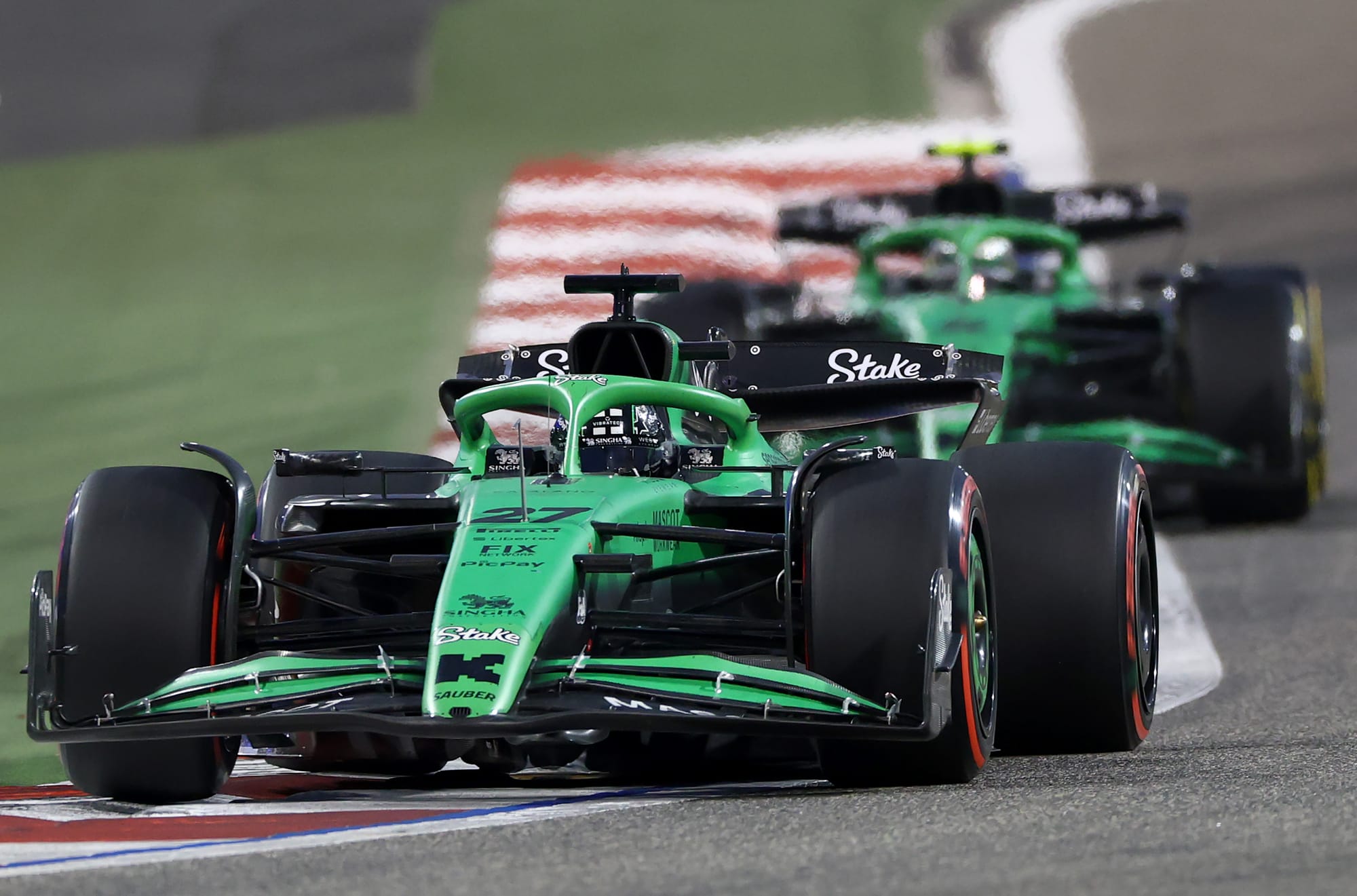
"We suffer a lot in traffic, which is obviously a major problem when it comes to lap one and safety-car restarts," he said. "It's quite entertaining in the car - and survival."
"It has been the case since race one," Bortoleto explained. "Me and Nico, we have been suffering a lot in first laps, restarts and stuff. This is clearly dirty air.
"I cannot even keep my head straight in the straight line when I'm close to the car ahead, because I keep going left and right with the helmet. It's just so bad.
"But it is what it is now. We need to work as a team and improve."
Sauber is aware of the issue and knows it will require an aero fix to make the car less sensitive to disturbed airflow.
Speaking recently, Sauber's performance director Stefano Sordo said: "We think that there may be a few things to look at on our side, but we don't want to go into too many details.
"Aerodynamics is very transient as a phenomenon. As you go out and in of a slipstream, and things like that, it can make a substantial effect on aerodynamics. So it's something that we're looking at."
Gary Anderson's verdict
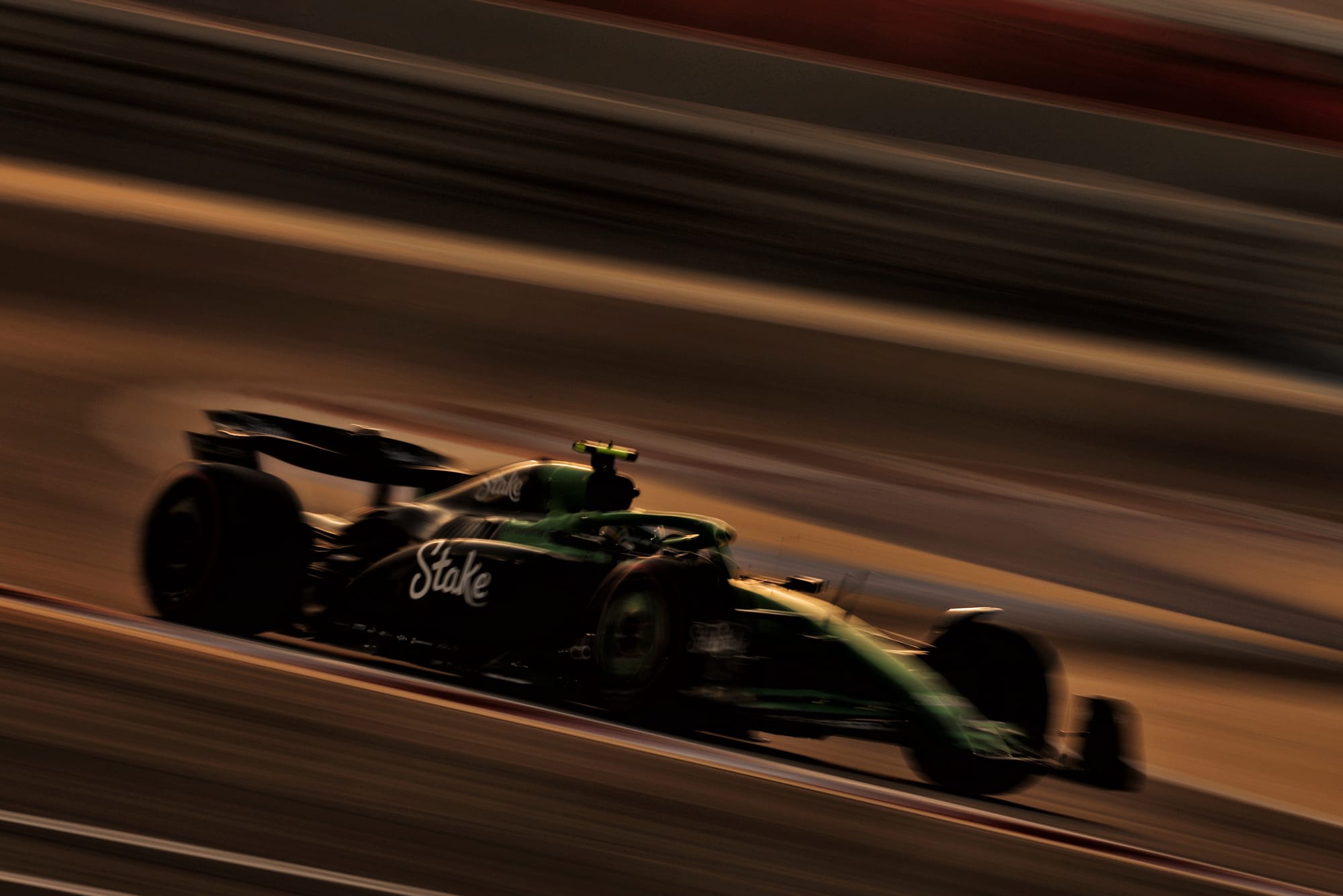
I have never had a driver who doesn’t think his car is worse in windy or turbulent conditions than everyone else. As Oscar Piastri said on a few occasions last year: "Clean air is fast air."
The big problem is that you can't really change the turbulence that you have to cope with. This is created by the other cars in front of you and it's very difficult to accurately recreate.
But in terms of managing the aerodynamic surfaces to cope with these turbulent conditions - be it wind or the impact of other cars ahead - there are some things that teams can do.
One is about not pushing the aerodynamic surfaces so close to their limits of airflow separation as you might want to do to maximise performance in perfect flow conditions.
The nearer the limit you are in terms of this separation, the earlier the risk of drop-off is in terms of crosswinds or dirty air.
While teams cannot improve the type of airflow they are having to deal with, when it comes to addressing the helmet problems Bortoleto has talked about things can be done in this area.
The rollover bar intake, the bodywork detail behind the driver's head, the rearview mirrors and the mounts and fairings around the halo, plus any details around a cockpit windscreen all contribute to flow management around the driver.
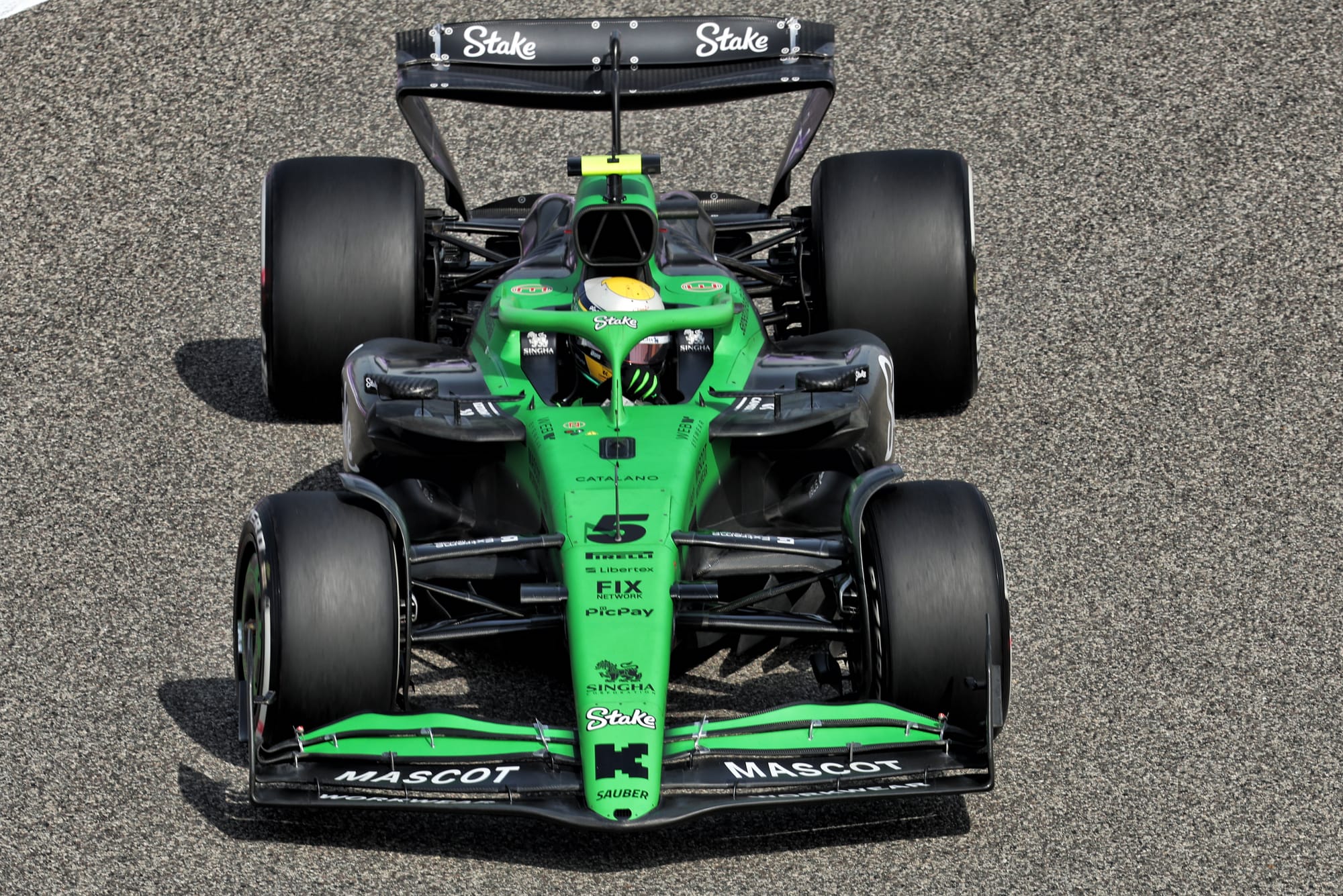
As can be seen in this picture, Sauber doesn't have a screen. We have seen other cars going from a sawtooth version which generates small vortices to having just a simple raised section.
It is an area which is easy to neglect as it doesn't really contribute to the car's overall performance, but it does contribute to the driver's performance. So it's just as important as a new widget that gives an extra point of downforce.

